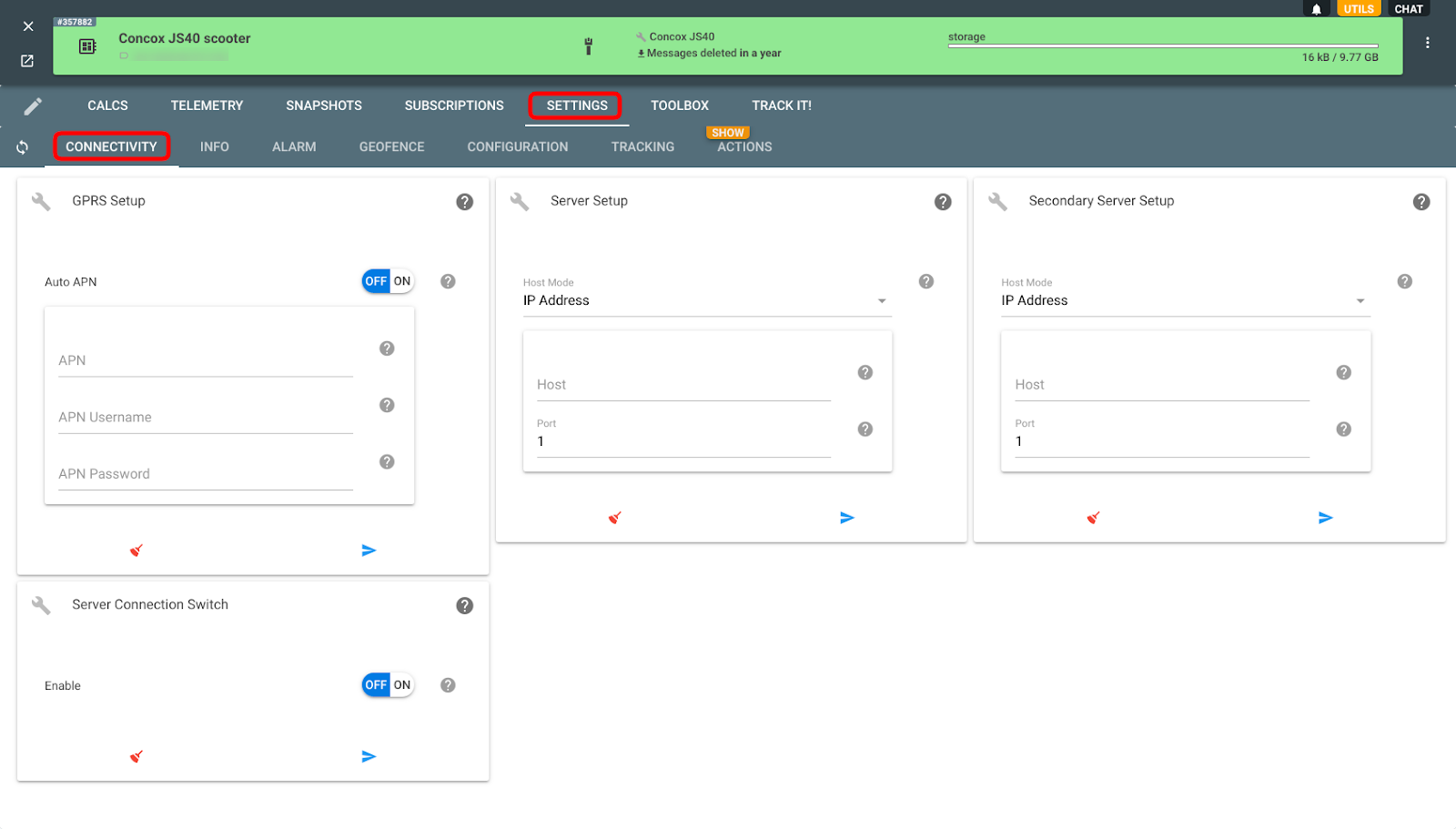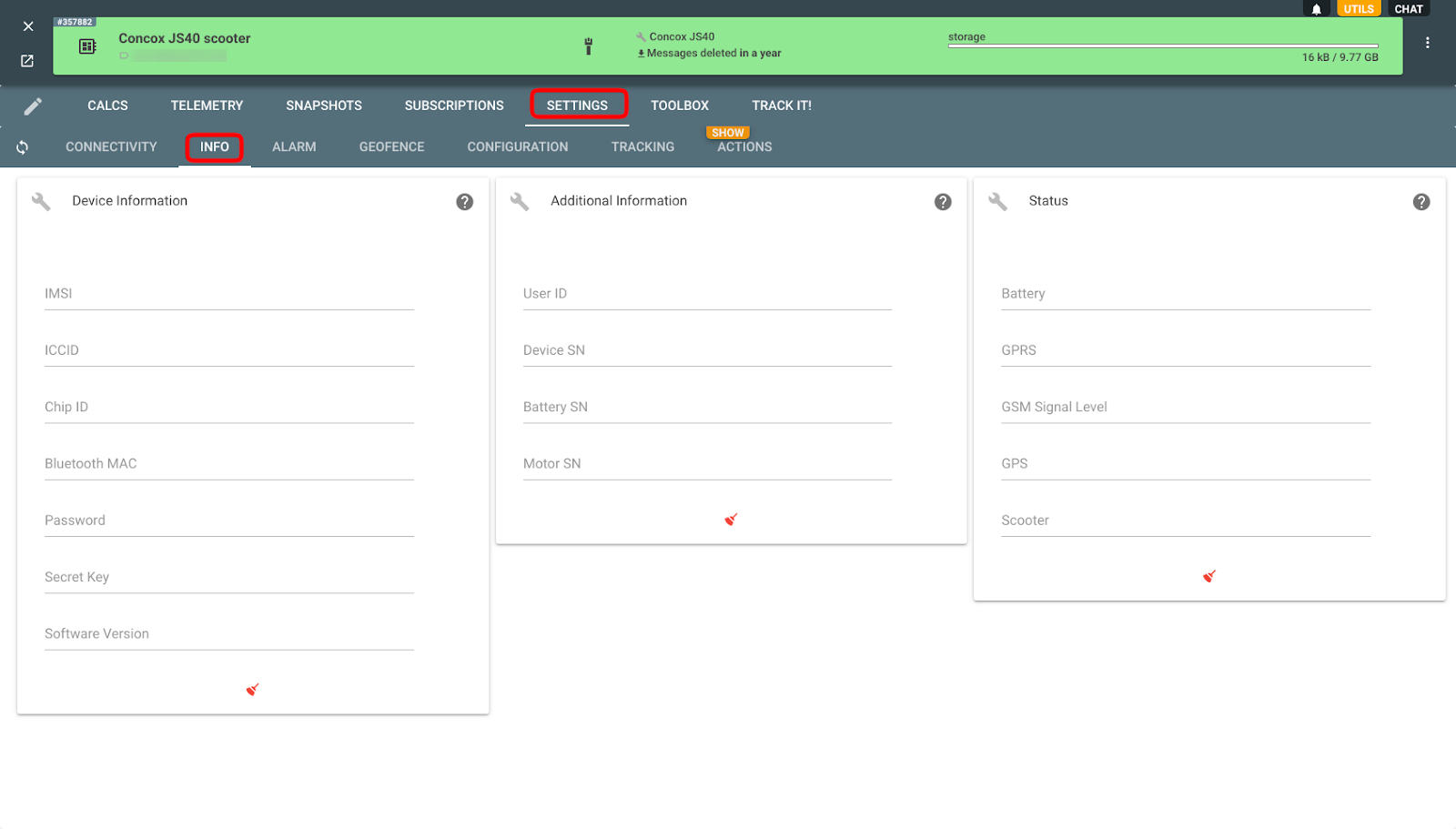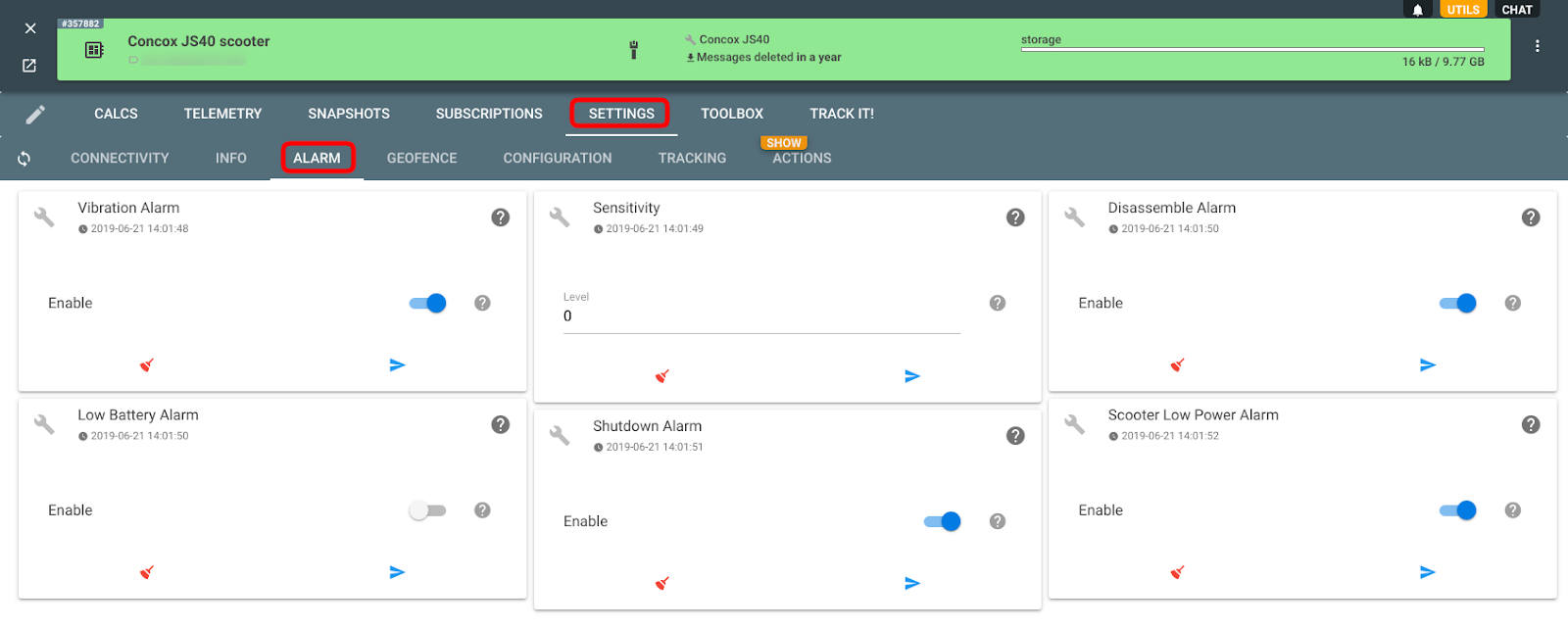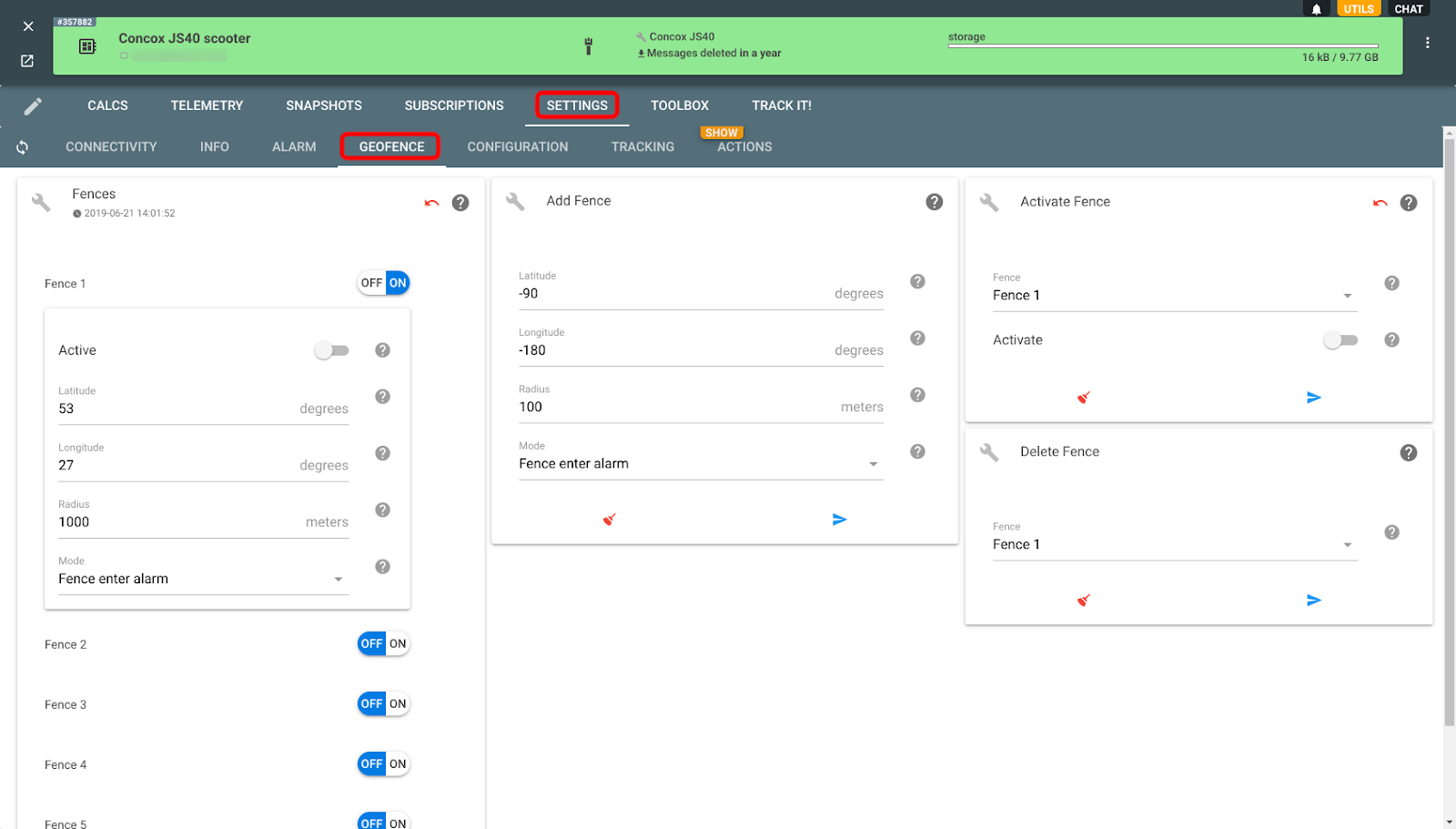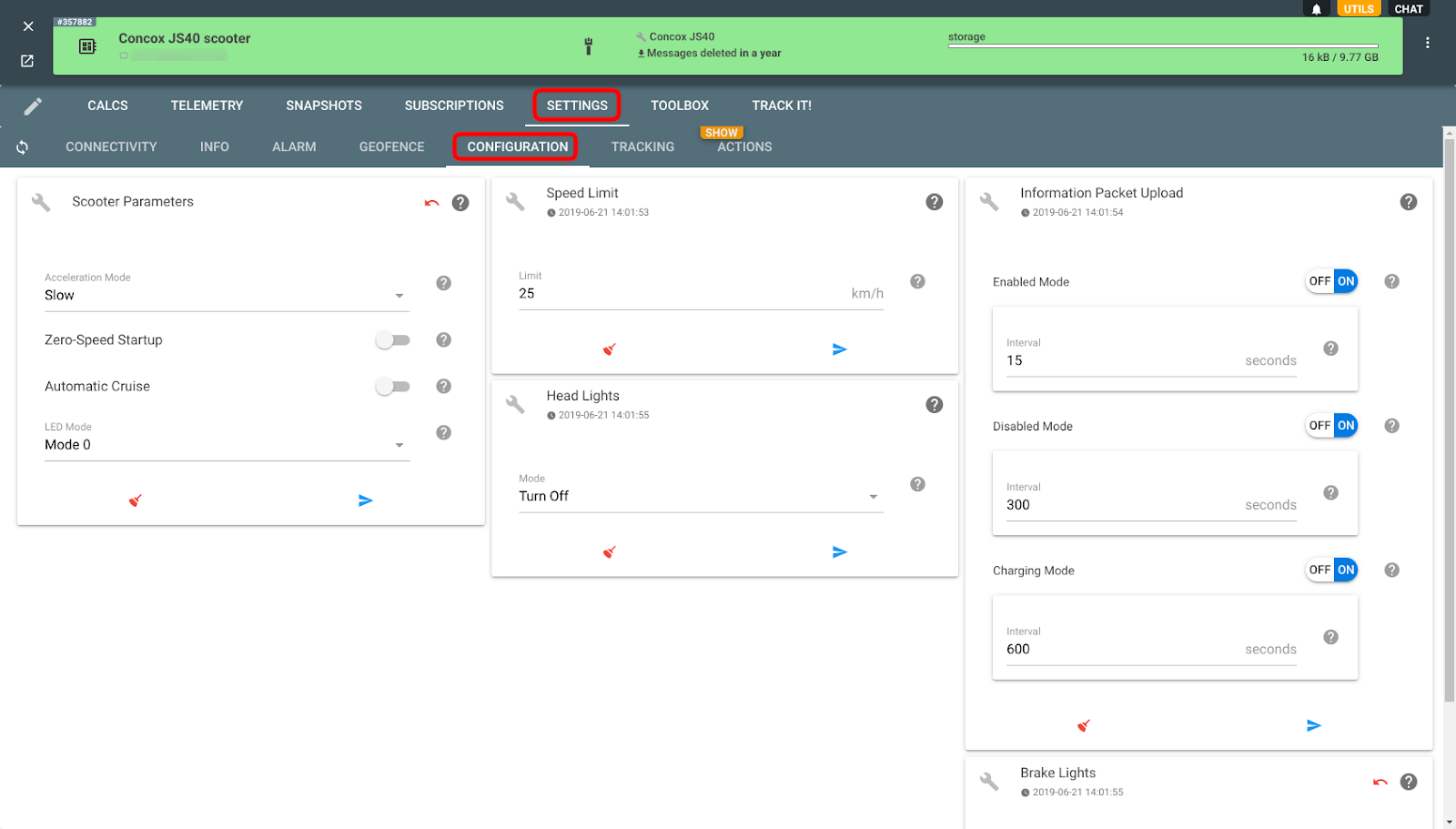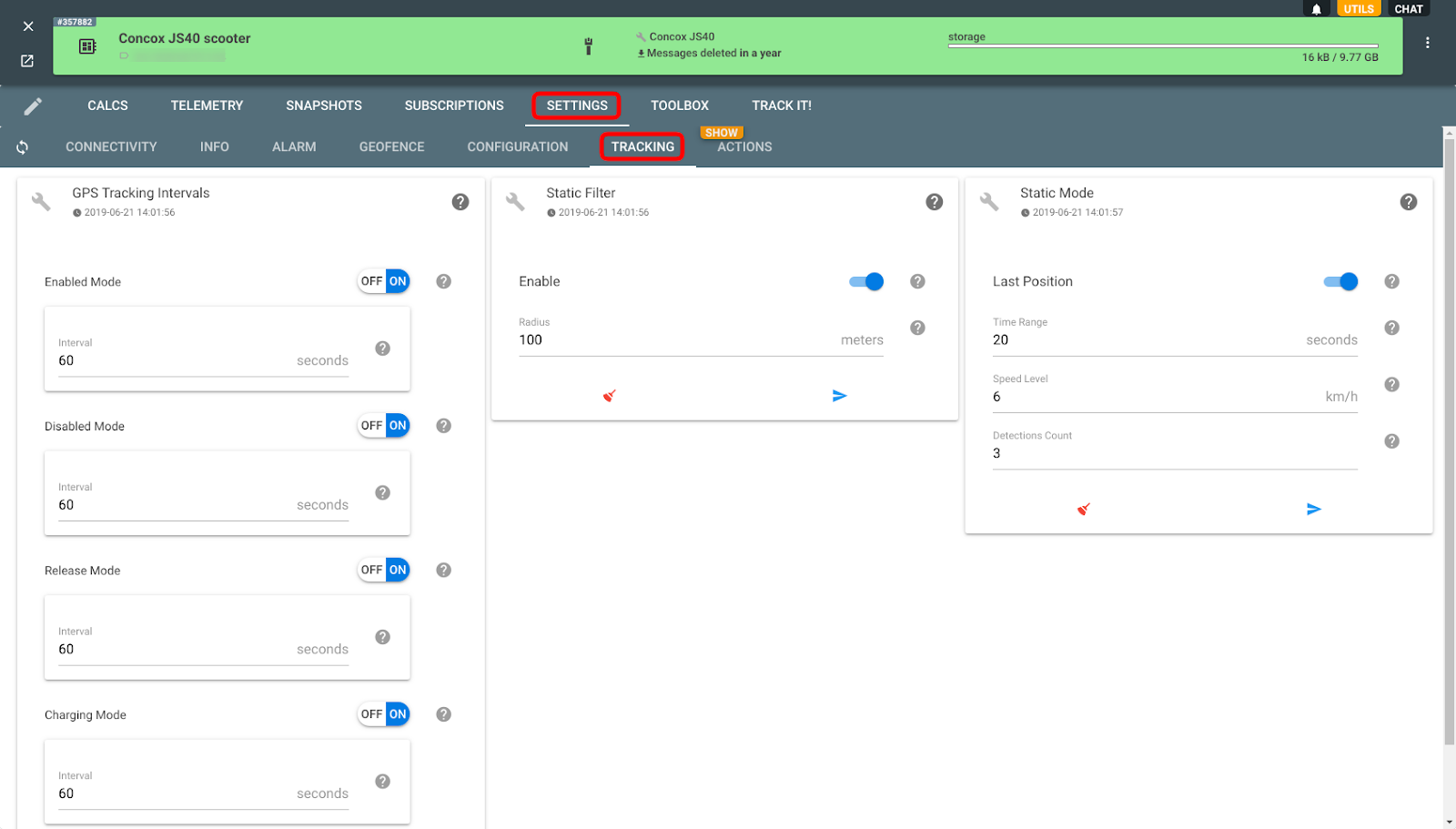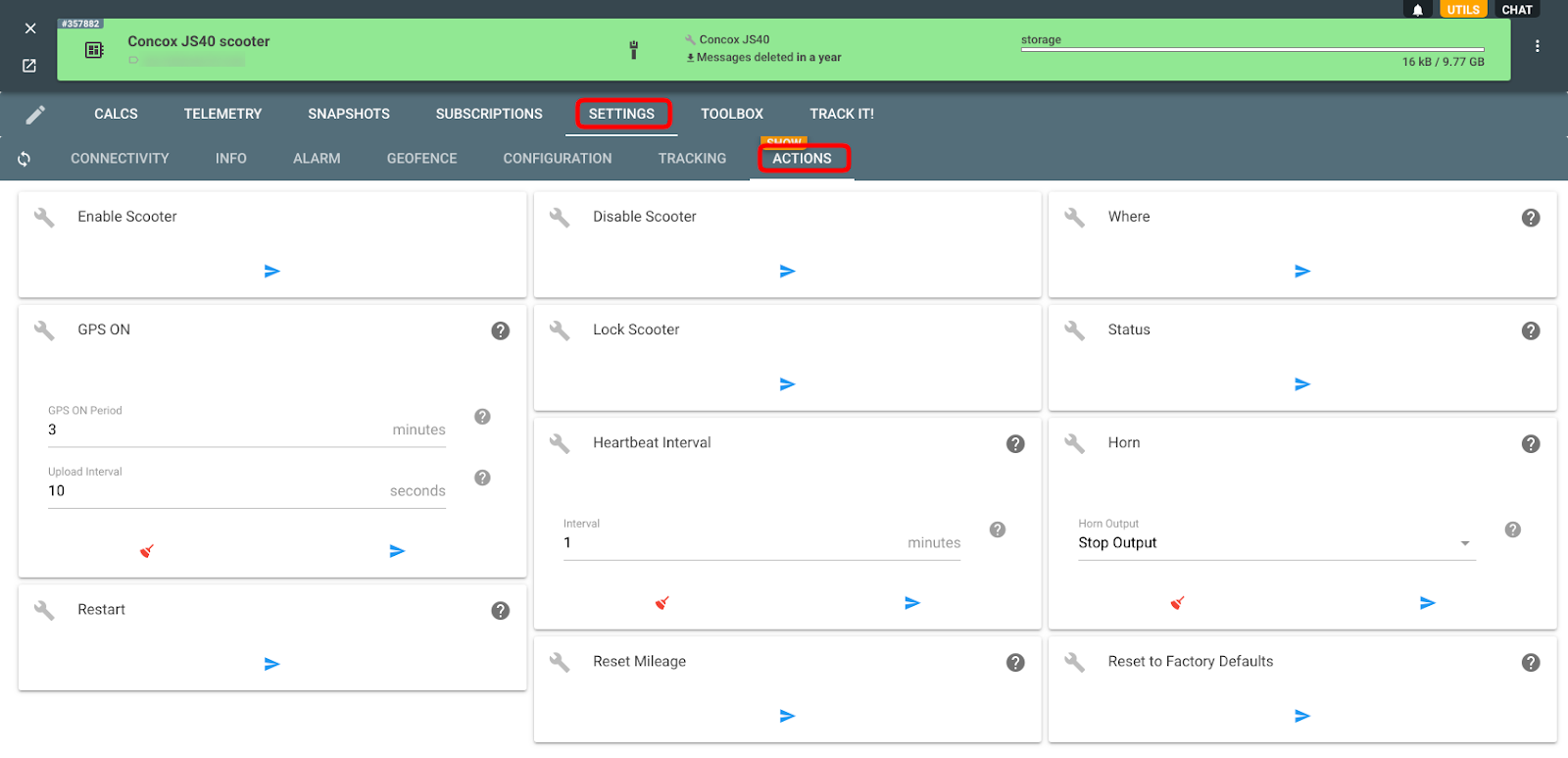E-scooter business is booming these days. Big city dwellers tired of wasting time in the traffic jams, students and young adults seeking to optimize their transportation costs, health-conscious population willing to minimize their sitting time and breeze some fresh (hopefully) air are looking for alternative commuting opportunities. With the sharing economy and sustainability embracing the world, the options are expected to be on-demand and eco-friendly. Electric scooters match both criteria.
The business of e-scooter sharing does not require a huge upfront investment, which makes it an attractive and promising venture with minimal risks. In this article, we’ll be looking at the technical side of the business and leave the financial aspect to the experts in that field.
Basically, for starters, you need a few scooters, an admin interface for management and monitoring of your scooter fleet, and a mobile app for the clients (riders) to see available scooters on the map and pay for the ride.
Software
Implementing the software side of the e-scooter rental apps is easy, convenient, and affordable with flespi. The flespi platform will
parse messages coming from scooters’ GPS module and force to a unified JSON format
precalculate the desired parameters to get aggregated values for further analysis or visualization
provide the original data and the results of calculations via a handy API
store device messages for up to ten years in a specialized telematics database
configure GPS tracker settings in a generic user-friendly interface regardless of the manufacturer
… and a lot more.
This covers most (if not all) connectivity aspects of the solution. Now you want to wrap it up into a trendy interface, implement the business logic, and promote it to the masses. Your app can handle the following events and initiate respective actions by communicating with the scooter via flespi REST or MQTT API:
power off when the scooter goes outside the geofence to prevent theft or use outside the intended zone
battery level indication and low battery warning for the rider to understand how long the trip can be
distance traveled each day to analyze demand and schedule maintenance
These are just a few examples, while the true potential is limited to your business needs only.
Hardware
The offering of e-scooters on the market is huge. And it’s going to grow further in the foreseeable future. You can buy a batch of e-scooters from any manufacturer and equip it with any GPS trackers of your liking. However, if you go with this option, you should keep in mind that you will need to call an installer every time you decide to grow your fleet by a few scooters (or learn how to install trackers yourself).
Luckily, there is an alternative — an all-in-one solution by Concox — a 4G e-scooter JS40 which is a tracker in itself. It means that you do not have to install anything — just turn the e-scooter on, configure it to send the data to flespi, and use the data you need in the app.
Concox JS40 scooter is natively supported in the flespi platform and is ready for bi-directional communication once connected. Let’s briefly look at the settings you will be able to access and manage.
Connectivity
The Connectivity tab groups settings related to the configuration of the destination for the tracker data — it includes APN setup, addresses of the target servers (one of which should be flespi in case you decide to deal with it), and more:
Info
This is a read-only tab with device-specific information (requested from the tracker):
Alarm
On the Alarm tab, you can set up notifications triggered by certain critical events, e.g. low battery, vibration, disassembly attempt, etc.:
Geofence
Geofence tab allows creating up to five circular geofences, catching the enter/exit events, activating/deactivating the fences, and deleting them:
Configuration
Here you can configure various scooter parameters, including riding mode, speed limit, illumination, and more:
Tracking
On the Tracking tab, you set up how often the device will send messages depending on different conditions (enabled/disabled, charging, etc.):
Actions
Actions tab contains all commands you can send to the scooter — turn it on or off, determine its location, lock it, configure GPS, reset, etc.:
Hardware+software solution
In this article, we showed that running an e-scooter rental business may be an attractive low-investment opportunity with high potential, great scalability, and convenient hardware/software solutions ready to back it.
If you are looking to offer micro-mobility services, don’t hesitate to use flespi to power the software implementation, and remember that Concox offers a nice scooter-tracker combo (BTW, they also have a cool BL10 bike lock for bike-sharing businesses).
